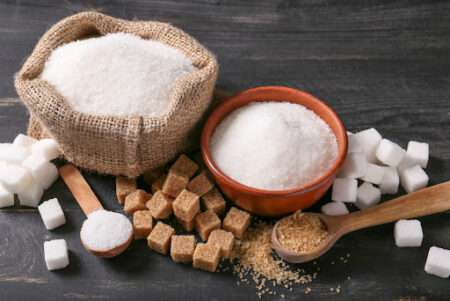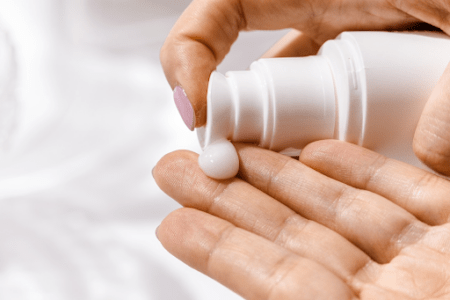All laboratory bio-samples need to be considered hazardous elements. Lab workers should be extra careful when handling and treating them.
Several factors that handlers reflect on include the type of biological samples that offer the most reliable results, the preparation required for the specimen, the safety issues that need to be addressed, and the collection, transportation, and storage of the samples.
In medical laboratories, bio-samples are routinely treated with harsh chemicals, such as formaldehyde and phenol, to kill bacteria and other microorganisms. Other chemicals, such as alcohol, are used to preserve the samples.
The type of bio-sample will dictate the treatment it receives. For example, blood samples need to be stored in a cool environment to prevent coagulation. Tissue samples need to be stored in a sterile environment to prevent contamination.
All bio-samples need to be labeled properly to identify the patient, the type of sample, and the date of collection. This is important for both safety and tracking purposes.
But let’s look more closely at the treatment and precautions:
Table of Contents
Protective Clothing
The first safety precaution is using protective wear. Lab specialists wear such clothing predominantly disposable gloves. When treating bio-samples masks are needed especially when there is a risk for aerosol production.
Lab workers are skilled in wearing and removing gloves in a way that does not contaminate their skin. The know-how of these procedures is demonstrated by the senior lab personnel.
Proper Handling
The next safety precaution is the proper handling of the bio-samples. Samples need to be transferred from one container to another in a way that prevents spillage and breakage. This is done by using aseptic techniques.
The aseptic technique is a set of procedures used to prevent contamination of cultures or surgical wounds by harmful microorganisms.
The main rule of the aseptic technique is that anything that touches the specimen must be sterile.
This means that all containers and instruments that come into contact with the specimen must be sterilized.
Equipment
Equipment is used in handling biological samples. Used glassware equipment for example is soaked into a concentrated solution of sodium hypochlorite. Disposable apparatus is discarded safely.
Some labs have waste bags that can handle fluid waste. Lab specialists heat these bags before incinerating them. The centrifuges used have sealers and visible lids to enable the workers to inspect any breakage occurrence.
When breakage occurs during centrifugation, the whole apparatus can be heated in an autoclave. High-tech equipment can also be used such as the Cryogenic ULT freezers for storage. These freezers have a backup liquid nitrogen freezer. This equipment can cool down biological samples to -150°C.
Samples such as embryos, blood plasma, and stem cells can be stored for a long time. Bio-samples should be safely stored to preserve their value and uniqueness.
Treatment
The final safety precaution is the treatment of bio-samples. All medical laboratories use harsh chemicals to kill bacteria and other microorganisms. The most common chemicals used are formaldehyde and phenol.
Other chemicals, such as alcohol, are used to preserve the samples. The type of bio-sample will dictate the treatment it receives.
For example, blood samples need to be stored in a cool environment to prevent coagulation. Tissue samples need to be stored in a sterile environment to prevent contamination.
All bio-samples need to be labeled properly to identify the patient, the type of sample, and the date of collection. This is important for both safety and tracking purposes.
Additional Precautions
There is a high risk of disease transmission with sharp objects such as infected needles or objects that can cause injury. Therefore, all precautions are taken to avoid such accidents. Needles and syringes are disposed of only in permitted containers.
These containers are well labeled and uniquely colored exhibiting the worldwide biohazard label. They are also easy to gather and mound so as to preserve storage space. The container is sealed when full and disposed of with no spillage. Sharps containers are disposed of following the local guidelines.
Disclaimer: This article is a paid publication and does not have journalistic/editorial involvement of HealthAndHealthier. HealthAndHealthier does not endorse/subscribe to the content(s) of the article/advertisement and/or view(s) expressed herein. HealthAndHealthier shall not in any manner, be responsible and/or liable in any manner whatsoever for all that is stated in the article and/or also with regard to the view(s), opinion(s), announcement(s), declaration(s), affirmation(s) etc., stated/featured in the same.
Disclaimer





